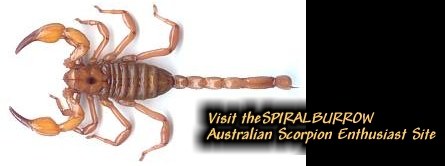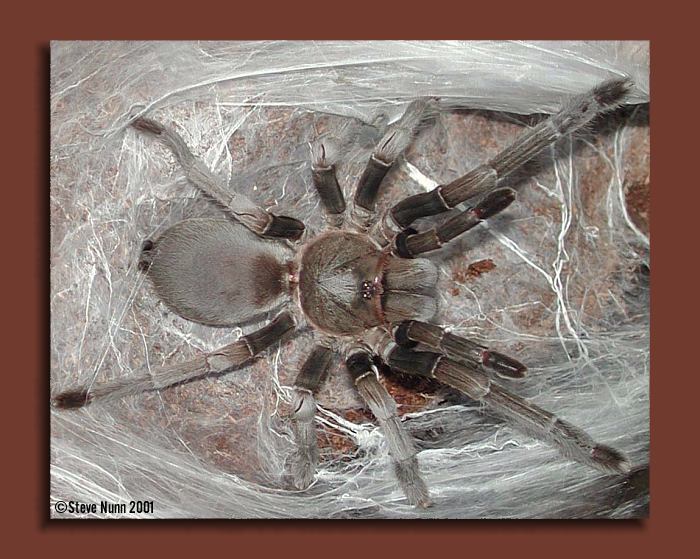

Selenocosmia crassipes
Selenocosmia crassipes
Selenocosmia crassipes has been the hot topic of debate over the last few years. Until about 1995 many of the large, chocolate brown Theraphosids found in the Cairns region were believed to be Selenocosmia crassipes. It`s now known that the majority of these Theraphosids are Phlogiellus sp. Because spiders from the Cairns region are still supplied to petshops as S.crassipes, this problem is perpetuated. I feel that this will happen until the various species of Phlogiellus in Australia are described. The type locality for this species is the Central Coastal Qld, and it`s around this region that S.crassipes is centered.
They are a very large Theraphosid, reaching lengths in excess of 60mm (opisthosoma and cephalothorax). S.crassipes is an obligate burrower, utilising rocks, logs, tree roots e.t.c. to shelter under. As they approach sexual maturity (ultimate instar), they start to burrow, forming a twisting and turning path for anything up to two meters.
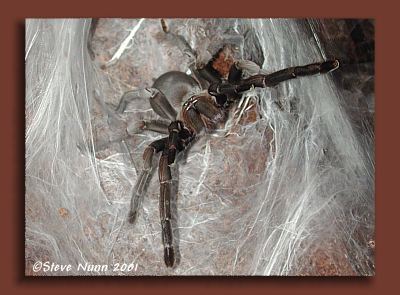
This species is known to lay a lot of silk, a trait common to the `old world' spiders. The silk adds to the sense of touch (primary sense) enabling S.crassipes to easily detect motion in her surrounds.
This species is sexually dimorphic, the males change upon ultimate instar into a long-legged pale creamy coloured spider, looking nothing like their female counterpart. This is also the species commonly referred to as ` The Barking Spiderí. S.crassipes was given this title because of it`s ability to `hissí when aggrevated. Interestingly enough, nearly all of Australia`s Theraphosids (with the exception of some Phlogiellus sp.) share this trait. They can do this because of an intersting patch of bristles(setae) which are located between the outer basal cheliceral surface and the inner surface of the maxillae(spider mouthparts). This is known as a stridulating organ and can be used taxonomically to determine Theraphosid Subfamily(in this case, the Subfamily Selenocosmiinae).
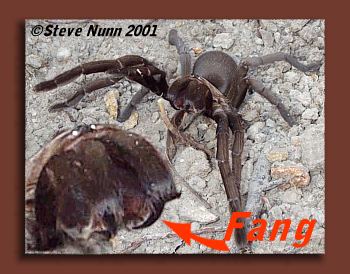
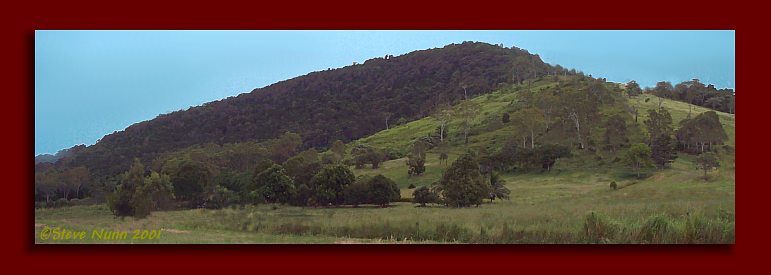 Image: S crassipes habitat:
Image: S crassipes habitat:
S.crassipes thrives in the ranges that run down the East Coast of Central Qld.
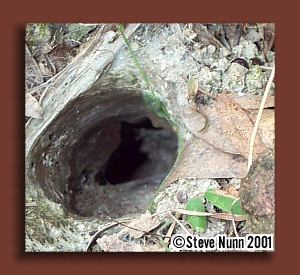 Image: Burrow entrance
Image: Burrow entrance
